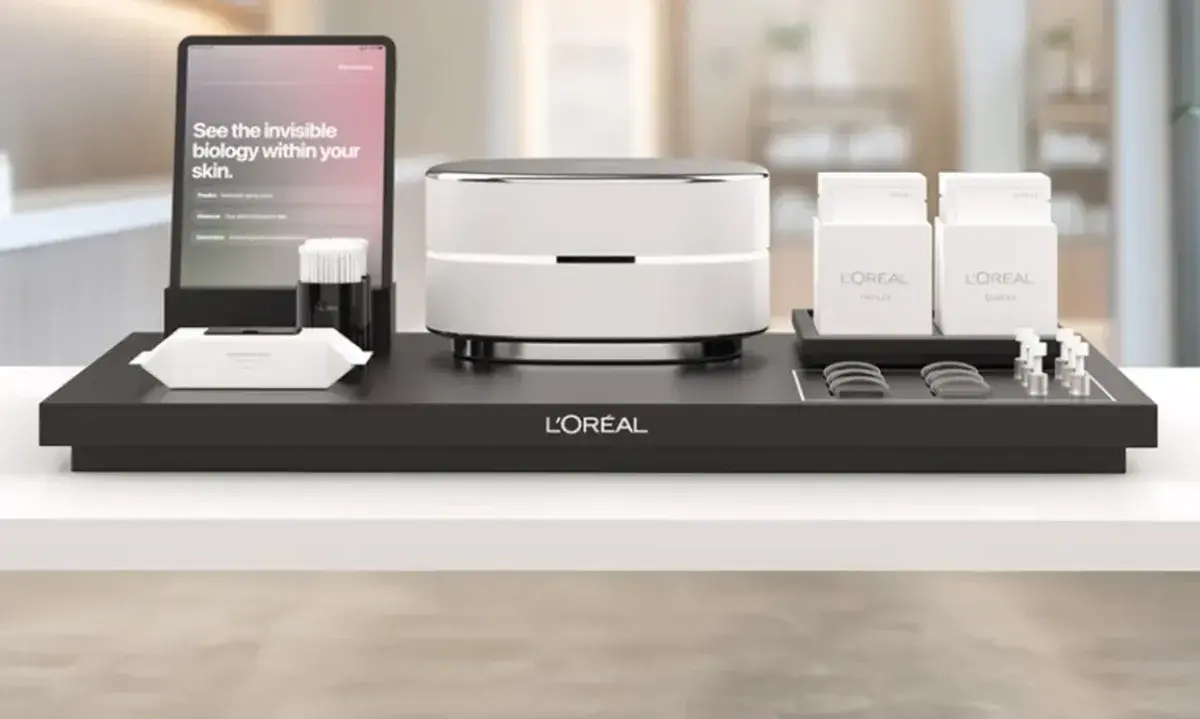Tech & Innovation
L’Oréal Unveils Cell BioPrint for Personalized Skin Analysis

L’Oréal Launches Cell BioPrint: A Revolutionary Personalized Skin Analysis Device
L’Oréal has introduced the L’Oréal Cell BioPrint, a revolutionary device for personalized skin analysis. L’Oréal Launches Cell BioPrint to offer users deeper insights into their skin’s health and aging process. This new technology combines L’Oréal’s skin science expertise with cutting-edge innovations in proteomics.
L’Oréal Launches Cell BioPrint: The Future of Skin Care Technology
The L’Oréal Cell BioPrint device helps individuals understand their skin’s biological markers. By analyzing protein composition, it predicts skin aging. This breakthrough technology gives users the power to see potential skin concerns before they appear. Moreover, it evaluates the effectiveness of various active ingredients in skincare.
Developed with NanoEnTek and L’Oréal’s Longevity Integrative Science initiative, the device sets new standards in personalized skincare. L’Oréal Launches Cell BioPrint, marking a significant step toward transforming how we care for our skin.
How L’Oréal Cell BioPrint Works: A Simple, Non-Invasive Process
The device uses NanoEnTek’s microfluidic lab-on-a-chip technology, which is powered by over 100 patents. This technology enables quick analysis, producing results in just five minutes. First, a facial tape strip is applied to the cheek, then placed into a buffer solution. Next, the solution is loaded into the device for analysis.
While the device processes the sample, it takes multiple images of the face. Afterward, users complete a short questionnaire about skin concerns and aging. The device then generates personalized results, offering valuable insights into skin health.
L’Oréal Cell BioPrint’s Potential to Revolutionize Skincare
L’Oréal’s pilot program for Cell BioPrint will begin in Asia later in 2025. This will further advance personalized skincare technology. As a result, users can expect to gain accurate insights into their skin’s needs and aging processes. With this innovation, L’Oréal aims to change the future of skincare.
Explore more news on L’Oréal‘s latest innovations and breakthroughs in skincare right here on our website!




















